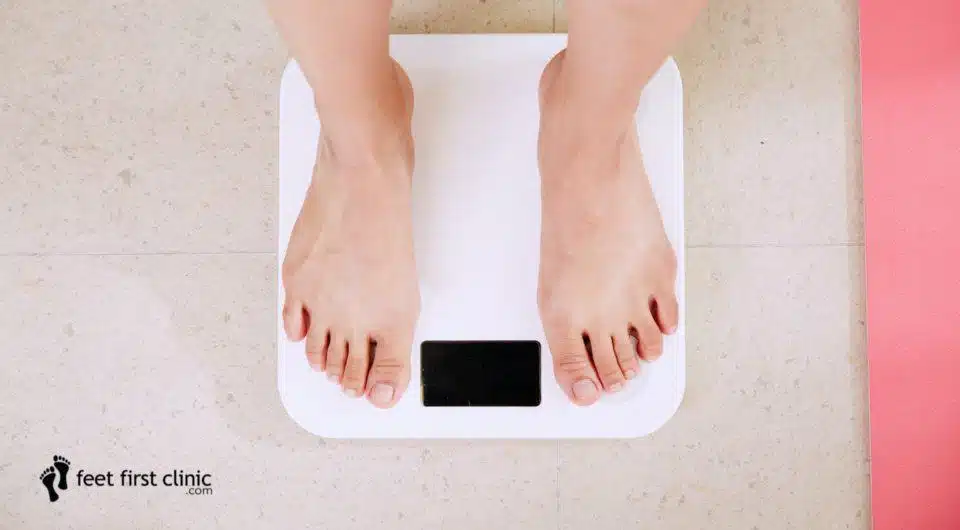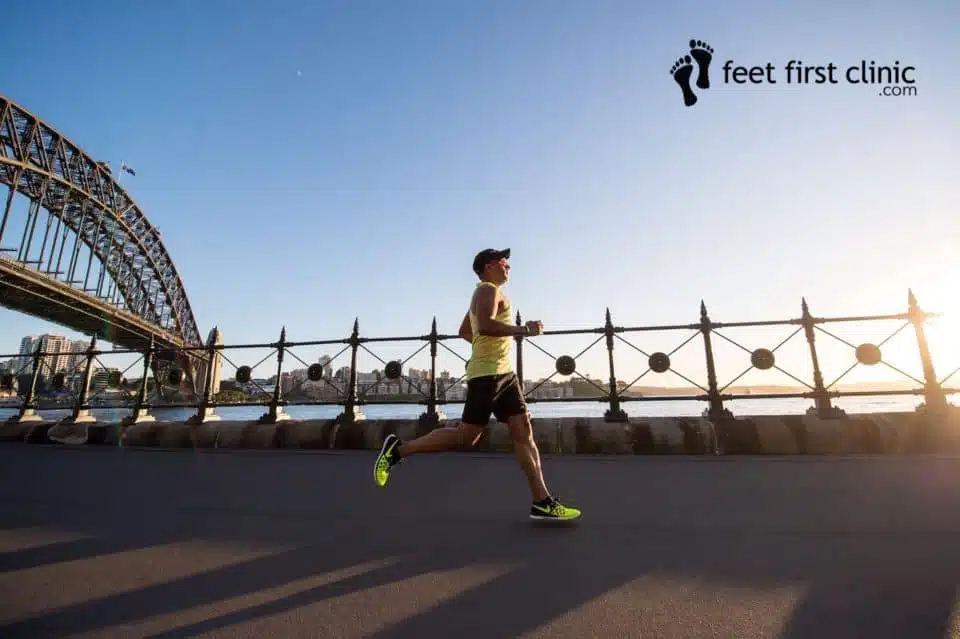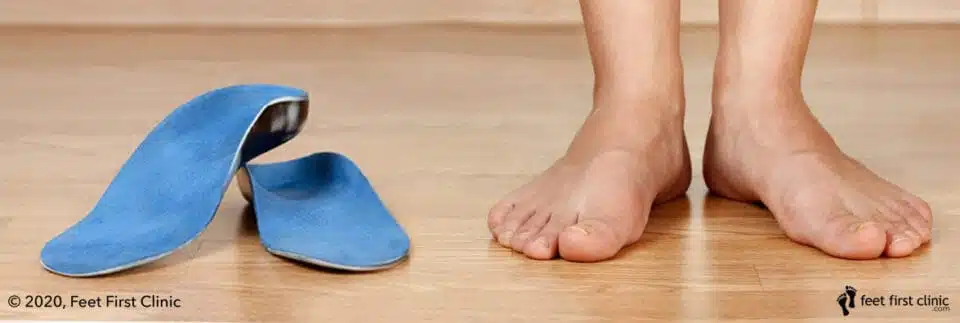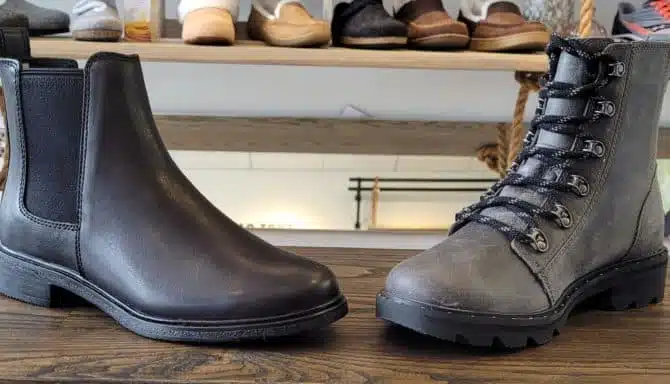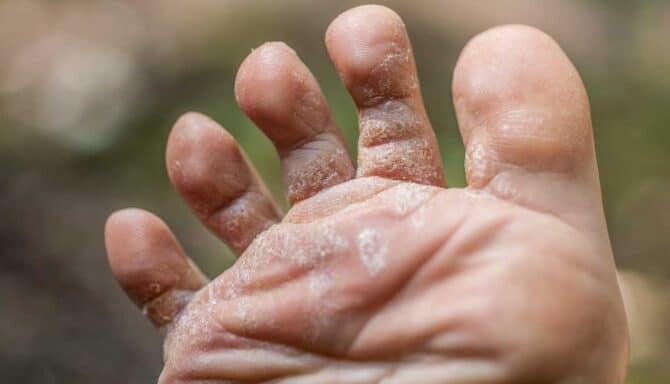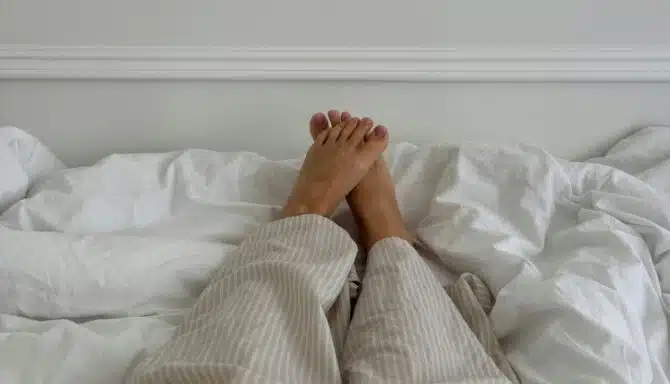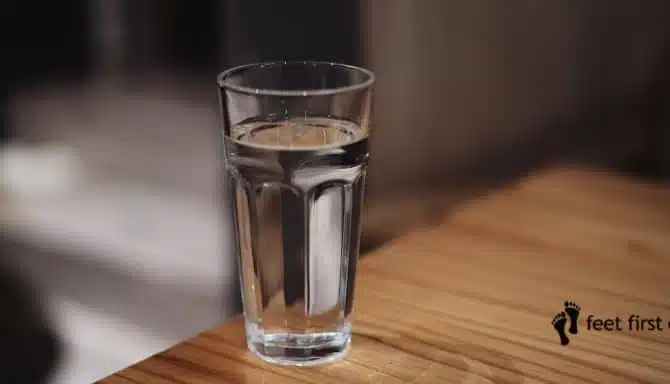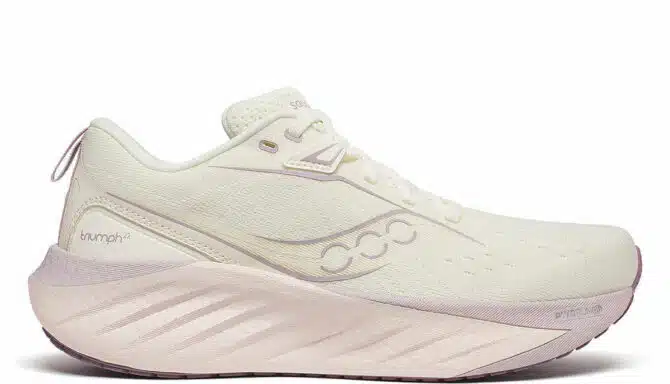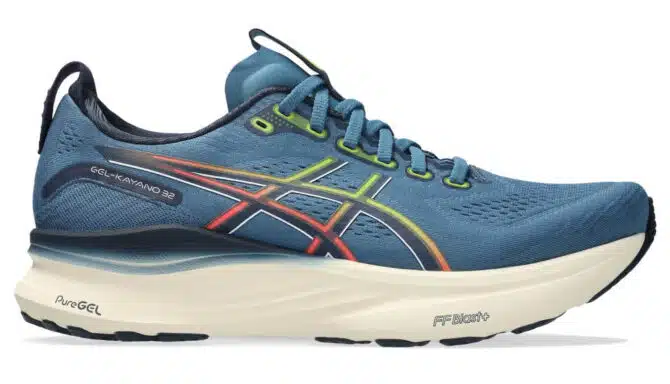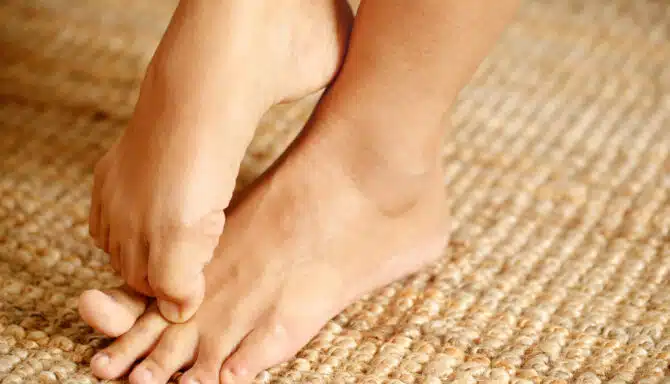There are many risk factors that can lead to a variety of foot conditions and general changes to our foot anatomy. One of those is body weight. We know obesity, weight gain and being overweight are often associated with issues like cardiovascular disease, diabetes, and many arthritic diseases. But some of you may be wondering exactly how they affect our feet.
Below, we’ll explore the connection between our body weight and our feet.
Weight and your feet
According to one study in Translational Research in Anatomy, “increased body mass is known to contribute to elevated peak plantar pressures and elevated peak plantar pressures are associated with foot pain and changes in the anthropometric parameters of the foot. It seems intuitive, then, that as body weight increases, plantar pressure increases, overloading plantar tissue and causing pain. Furthermore, a previous study found that midfoot osteoarthritis is associated with higher midfoot pressures, suggestive of a mechanical relationship.”
The study continues, “the evidence we found points to confirming that increasing body weight is associated with an increasing load-bearing capacity of the foot, consequently, resulting in increase in hind-foot (heel) plantar pressure.”
In another study, researchers found that: “obese individuals exhibited flatter feet, reduced inversion–eversion range of motion, and higher peak plantar pressures. Bodyweight is independently associated with plantar loading after accounting for foot characteristic.”
There is another relationship between weight and your feet. Did you know weight also changes the shape and size of our feet? That’s because weight adds pressure on our feet. This can cause the fat pads on the base of your feet diminish over time.
Obesity in Canada
Generally, it’s worth the time to briefly go over the prominence of obesity in Canada. According to Statistics Canada, in 2018, 26.8% of Canadians 18 and older (roughly 7.3 million adults) reported height and weight that classified them as obese. Another 9.9 million adults (36.3%) were classified as overweight – bringing the total population with increased health risks due to excess weight to 63.1% in 2018. This was an increase from 2015 at which point 61.9% of Canadians aged 18 and older were overweight or obese.
In Ontario, the proportion of residents in this province who were obese (26.1%) was about the same as the national average.
Obesity has been linked with many chronic diseases, including hypertension, type 2 diabetes, cardiovascular disease, osteoarthritis and certain types of cancer. Of these, diabetes and arthritis can target the feet.
Additional research shows that obesity is a growing health problem worldwide, and also results in a considerable number of movement dysfunctions, including degenerative changes and foot pain. In fact, body mass index (BMI) was found to significantly affect the height of the foot arch, whereas age did not. The weight of our body pressing down on our feet essentially flattens the arch.
Weight-related foot conditions
As mentioned above, weight can lead to certain foot-related conditions like diabetes and osteoarthritis. Additionally, either directly or indirectly, fluctuations in weight can contribute to the following foot conditions due to the distribution (or misdistribution) of weight, as well as the structure of the foot:
Benefits of physical activity
Physical activity is one of the most important contributors to our health. Whether it’s our mind, body (including our feet), or our mental health, physical activity has many benefits. It:
- Gives us energy
- Decreases stress
- Makes us stronger
- Prolongs independence as we age
- Balance
- Coordination
- Flexibility
- Reduces risk of falls (for seniors)
Additionally, physical activity can help prevent the following chronic diseases:
- Cancer
- Obesity
- Hypertension
- Heart disease
- Type 2 diabetes
- Osteoporosis and bone loss (particularly for people older than 65)
Being active can take a lot of forms. Whether it’s walking to work, being active in the yard, playing a recreational sport, or going to the gym, these all count as physical activities. It also can help you lose weight when done consistently. As a byproduct, this can reduce the strain put on your legs and feet, and improve your overall health.
Even if you don’t see any results on the scale, by being active you’re also strengthening the muscles in your legs and feet. That alone will go a long way toward improving your health.
Invest in your feet
So, we know weight can negatively impact our foot health. And we understand all the benefits of being physically active. But when you’re dealing with foot pain, getting started and increasing your level of activity is easier said than done. Fortunately, there are many tools available to help you take the first steps (literally). Here are some tips:
Custom orthotics
If you’re dealing with structural problems and foot pain, custom orthotics are a great solution. They are custom-built corrective shoe inserts that provide personalized support to the structures of our feet. Orthotics act to correct or accommodate biomechanical abnormalities, foot deformities (i.e.: bunions, hammertoes, flatfoot, high arches) and a variety of joint and muscle conditions (i.e.: arthritis) to improve your gait and manage pain. They do this by redistributing the force and pressure placed on our muscles and joints when we move. This in turn alleviates strain and pain in our feet and the rest of our body.
Orthopaedic shoes
Orthopaedic shoes are designed to fit correctly in order to properly support and accommodate the structure and mechanics of the feet and legs in all the right places (80% of foot problems are due to ill-fitting shoes). Orthopaedic footwear offers the following benefits:
- Extra-firm heel counter: Cradles the heel to anchor the foot and reduce overpronation.
- Wide toe box: Extra room allows toes to move freely, reducing crowding, rubbing, and excess pressure on bunions and hammertoes.
- Stretchable upper: Ensures your feet maintain the correct or natural shape when you wear them. In other words, an orthopaedic shoe conforms to the contours of your foot instead of your foot conforming to the shape of the shoe.
- Extra sizing options: Available in a range of widths such as wide, extra wide, and extra-extra wide, to offer a more precise fit.
- Protective Interior: Soft, smooth, and breathable interior fabric that provides gentle contact with the foot to prevent blisters, calluses, and corns, which can be especially important in individuals with diabetes.
- Performance midsole: Absorbs shock and promotes a natural gait.
- Removable insoles: Many people who need orthopaedic shoes also need custom orthotics so this makes it easy to swap in custom devices or over-the-counter insoles that provide further comfort and support.
Low-impact exercises
These exercises all help improve function and mobility, and are good for everyone – whether or not you have foot pain. You can also perform them throughout your day – whether you’re at work or home, sitting, standing or lying down.
Keep in mind: everything in our body is connected. So any exercises that work on the muscles in the mid to lower part of your body will benefit your feet.
- Toe Splay
- Toe Flex & Raise
- Toe Curls
- Ball Roll
- Towel Stretch
- Toe Extension
- Ankle Circles
- Calf Stretch
- Achilles Stretch (Soleus Stretch)
- Calf Raises
- Knee to Chest Stretch
- Downward Dog
Looking for tutorials on each of these? Check out our Pinterest board or read our Top 12 Exercises for your arches, ankles, arches, and legs.
Wear shoes indoors
The primary benefit of wearing shoes indoors is that it can help with support. Specifically, like orthotics, wearing proper indoor footwear can help with arch support, foot alignment and pressure distribution to help with certain foot conditions. They can help your feet better support your bodyweight.
We’ve Got You Covered!
We’re confident in our ability to help inform you and solve your concern with the least amount of discomfort possible. Call us even to ask about a quick question and we’d be happy to point you in the right direction!
Call us at 416-769-3338 or Book Your Assessment Today!
